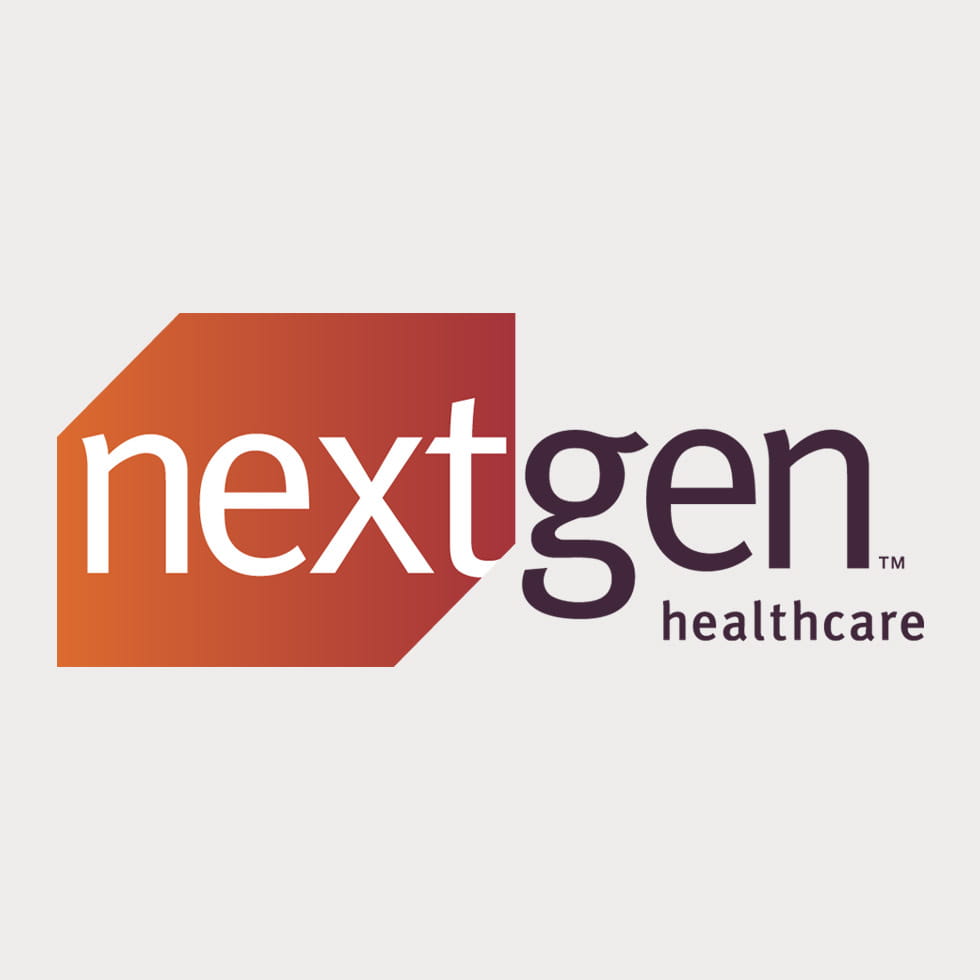Once payer adjudication is complete, payer remittance is the next step in the medical billing process. Remittance refers to the process of getting paid.
The electronic remittance advice (ERA) or 835 file, is an electronic transmission of claim payment information. ERA or 835 files can be uploaded directly into your practice management (PM) system. This file provides an explanation of the claims you’ve submitted—the reasons for payment, adjustment, or denial.
Insurers provide two types of statements to explain payment or denial of claims— (1) remittance advice and (2) explanation of benefits (EOB) statements. Usually, the remittance advice is provided to the healthcare provider and the explanation of benefits statement is sent to the patient.
Payment
The insurance company deposits payment into the practice’s account by means of electronic funds transfer (EFT). Your practice may still need to collect a copayment, coinsurance, or deductible from the patient.Reconcile payment with the claim
After the practice receives the ERA or EOB statement, the medical billing staff matches payments to the respective patient accounts, reconciling each payment against the claim. They check whether data from ERAs and EOBs match actual payments. During this process, the practice can:- Find denials and ensure they are reworked and resubmitted
- Review line items to identify reasons for denials, such as medical necessity issues, non-covered services, or lack of prior authorization
- Move balances to patient responsibility for patient billing
- Take write-offs and plan for adjustments
- Identify in-person patient collection issues, such as failure to collect co-payment at the front desk
Tips on How to Better Manage and Keep Track of Denied Claims:
Post payments daily
To gain better control of your cash flow, consider posting claim payments daily and reconciling them with the bank. This includes payments from 835 files, as well as paper checks from insurers, insurance credit card payments, patient checks, and patient credit card payments.Keep original claims files
Claim files, remittance advice, and EOB statements should be stored in a document management system. This information needs to be organized and accessible should you need it for follow up on denials and subsequent appeals. Many banks only keep records for 90 days, so it’s important for your practice to have a repository that houses your original claims files and remittance information.Post zero-dollar remittances
Zero-dollar remits should also be posted, because they usually include denial codes and other information. To capture zero-dollar remittances, it’s helpful to know when payers send their remittances. Information from these remittances may help you rework denials and submit appeals.Track correspondence related to transactions
Keep information that may affect your revenue, like correspondence regarding prior authorization or physician credentialing. These records can help with claims follow-up and may prevent loss of revenue.Be sure to check out our next blog in the series on claims follow-up and denial management.
To learn more about boosting practice efficiency, enhancing patient convenience, and optimizing practice revenue, click here to read 10 Tips for Better Medical Billing and Practice Management.





